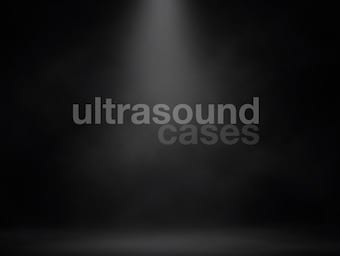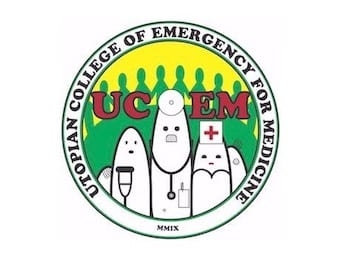
Pneumothorax Case 2
A 16 year old woman presents with pleuritic chest pain and a slight sensation of dyspnoea. What does this ultrasound show?

A 16 year old woman presents with pleuritic chest pain and a slight sensation of dyspnoea. What does this ultrasound show?

When the preconditions for the clinical determination of brain death cannot be met, what imaging modalities are recommended to determine absence of intracranial blood flow? What findings in each test confirm brain death?

Outline the role of ECMO (Extracorporeal membrane oxygenation) as a supportive strategy in the critically ill.

Manes Kartagener (1897 - 1975) was an Austrian-Swiss physician. First to report the triad of situs inversus, chronic sinusitis and bronchiectasis in 1933 – Kartagener syndrome.

Molecular biologists working with a team of anthropologists have discovered a new gene that is set to revise the theories of social structure in humans. The team initially embarked on an ambitious project to discover when humans and our early…

Management has synonymously been associated with bad decisions, selective cost cutting, raising it’s own salary and attempting to rob others of their ideas. This perception has led people to view managers as parasites, which according to new scientific data may…

Insights and summary of Issue 5 (Vol. 25) of Emergency Medicine Australasia published from Andrew Gosbell & Tony Brown

Q1. A 49-year-old female, with a history of pulmonary vasculitis is found collapsed in the ward with shallow breathing and a GCS of 6.

Questions a) List the clinical features that indicate a poor prognosis in a patient with community-acquired pneumonia? b) List 5 common organisms causing severe community acquired pneumonia in immunocompetent adults. c) What are the possible reasons for non-response to empiric…

Funtabulously Frivolous Friday Five 169 - Just when you thought your brain could unwind on a Friday, some medical trivia FFFF.

An elderly patient with a history of mild COPD presents after falling onto a chair and hitting their chest. The presentation is with chest pain and shortness of breath. What does this scan demonstrate?

Intra-aortic Balloon Pump Trouble-shooting QA cardiovascular curveball. Your patient has poor cardiac output after CABGx4 and starts IABP